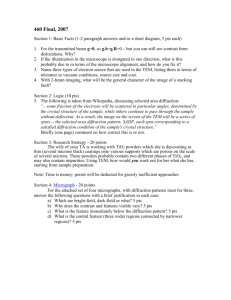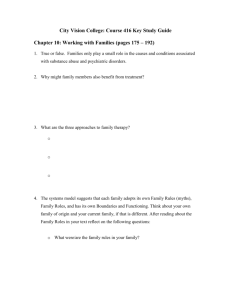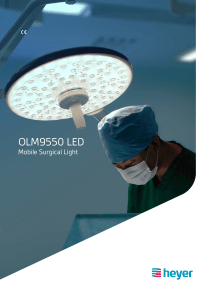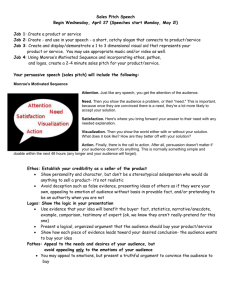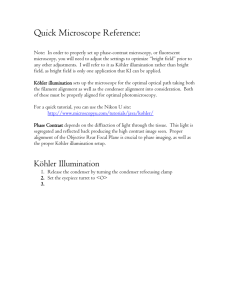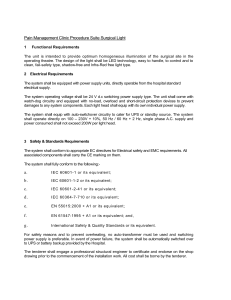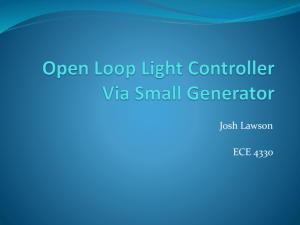Practice Exam #3
advertisement
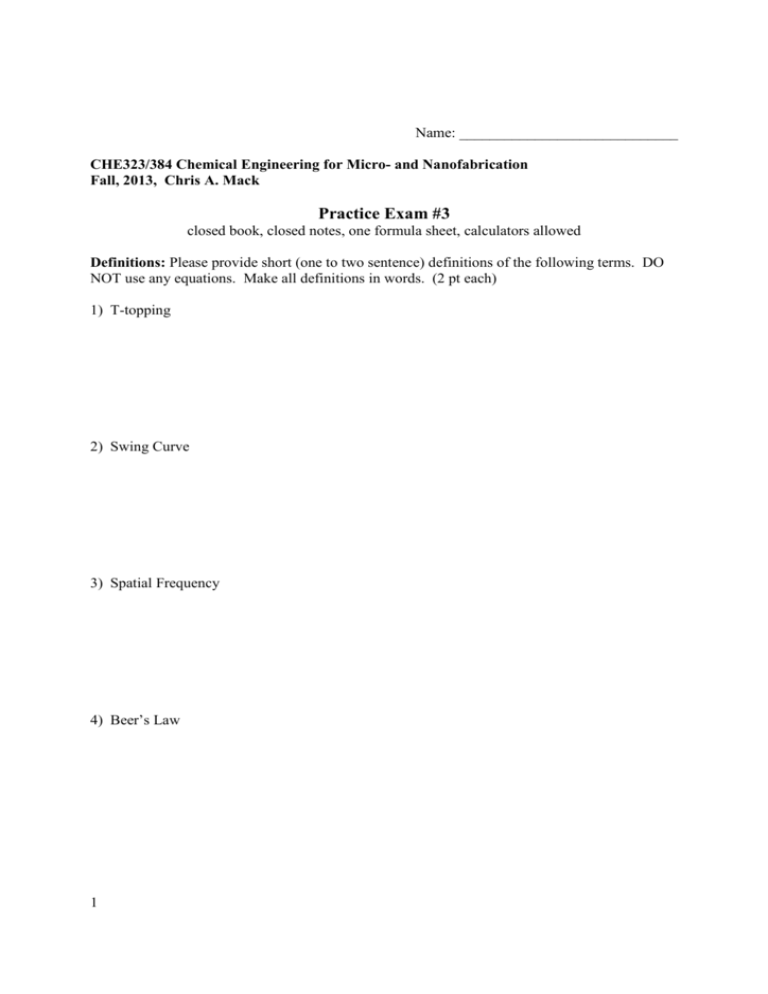
Name: _____________________________ CHE323/384 Chemical Engineering for Micro- and Nanofabrication Fall, 2013, Chris A. Mack Practice Exam #3 closed book, closed notes, one formula sheet, calculators allowed Definitions: Please provide short (one to two sentence) definitions of the following terms. DO NOT use any equations. Make all definitions in words. (2 pt each) 1) T-topping 2) Swing Curve 3) Spatial Frequency 4) Beer’s Law 1 Questions: Please provide short (one to two sentence) answers to the following questions. DO NOT use any equations. Make all answers in words. (6 pts each) 1) Explain Huygens’ Principle. 2) Why are base quenchers used in chemically amplified resists? 2 Problems: Show all work. State all assumptions clearly. 1. (30 pts) Consider a repeating pattern of lines and spaces (spacewidth = 1.5*linewidth). Which diffraction orders pass through the lens under these circumstances: (a) λ = 193 nm, NA = 1.35, pitch = 300 nm, on-axis coherent illumination (b) Same as (a), but pitch = 200 nm (c) Same as (b), but illumination tilted by an angle sinθ' = 0.8 3 2. (20 points) Consider a chemically amplified resist with an exposure rate constant of 0.03 cm2/mJ and where the post-exposure bake time and temperature have been adjusted to give an amplification factor of 2.0. What exposure dose would be required to cause 35% of the resist to become deblocked (deprotected)? 4 3. (30 points) . Derive the diffraction pattern of an isolated space pattern with two identical assist features to either side. The center-to-center spacing between the main feature and the assist feature is p. p w1 1 tm(x) 0 w2 x=0 (Hint: Superposition plus the shift theorem may prove useful.) 5
